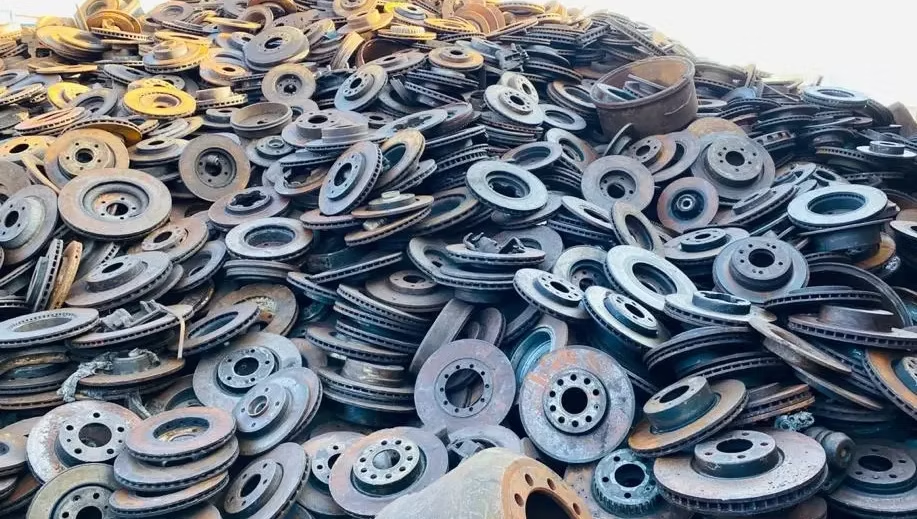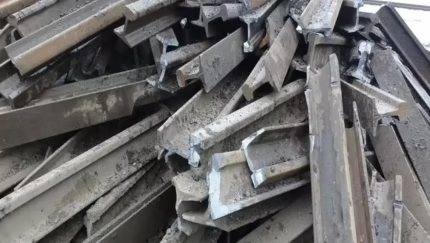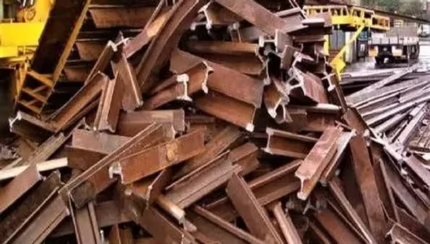Cast Iron Scraps / HMS1 & HMS2 Top Quality
Cast Iron scraps is a vital raw material in various industries, particularly in steel manufacturing, construction, and metal recycling. It consists of recycled iron and steel that can be reprocessed to produce new metal products. The recycling of iron scrap helps conserve natural resources, reduces energy consumption, and minimizes environmental pollution.
Iron scrap is categorized into different types based on its source, composition, and quality. The most common types include:
Types of Iron Scraps
- Heavy Melting Scrap (HMS) – This is classified into two grades:
- HMS 1: Consists of heavier steel and iron components without galvanized or blackened coatings.
- HMS 2: Includes lighter gauge iron and steel that may have slight impurities.
- Cast Iron Scrap – Derived from old machinery, pipes, automotive parts, and engine blocks.
- Shredded Steel Scrap – Processed from vehicles, appliances, and industrial equipment, typically shredded for easy melting.
- Turnings and Borings – Small shavings and filings generated from machining operations in industries.
- Sheet Iron Scrap – Thin iron sheets recovered from roofing materials, tin cans, and household items.
- Rail Scrap – Includes used railway tracks and associated parts.
Applications of Iron Scrap
Iron scrap is widely used in various industries due to its recyclability and cost-effectiveness. The primary applications include:
- Steel Manufacturing: Reused as a raw material in blast furnaces and electric arc furnaces to produce new steel products.
- Construction Industry: Used in reinforcing bars, structural beams, and other metal structures.
- Automobile Industry: Plays a crucial role in producing vehicle components and frames.
- Shipbuilding: Recycled iron scrap is utilized in fabricating ship structures.
- Machinery and Tools: Used for making industrial tools, gears, and heavy machinery parts.
- Household Items: Recycled into furniture, appliances, and kitchenware.
Benefits of Using Iron Scrap
- Eco-Friendly: Recycling iron scrap reduces the need for mining virgin ore, lowering carbon emissions and energy consumption.
- Cost-Effective: Reduces production costs in industries by providing an affordable raw material.
- Conserves Resources: Helps preserve iron ore reserves for future generations.
- Reduces Landfill Waste: Keeps discarded metal from accumulating in landfills.
- Energy Efficient: Recycling iron scrap consumes significantly less energy compared to processing raw iron ore.
Iron Scrap Specifications Table
Type of Scrap Composition & Features Applications HMS 1 Heavy gauge iron, no blackened/galvanized parts Steel manufacturing, construction HMS 2 Lighter gauge iron with minimal impurities Steel manufacturing, automotive Cast Iron Scrap Sourced from machinery, automotive parts Foundry casting, machine parts Shredded Steel Scrap Processed from appliances, vehicles Furnace melting, construction Turnings & Borings Small iron shavings from machining Steel reprocessing, foundries Sheet Iron Scrap Thin sheets from household & industrial sources Recycling, steel processing Rail Scrap Used railway tracks and parts Construction, steelmaking
Essential details::
Place of Origin: Thailand
Brand Name: DENISD
Model Number: DEN736434
Type: Cast Iron Scrap
Fe Content: 99
Weight: 20
Fe Content (%): 99%
Packing: Bluk
Shape: Power
Cast Iron Scrap: Iron Electric Motor Scrap
Supply Ability: 5000 Tons
Net Weight: 5kg
Supply Ability::
Supply Ability: 25000 Ton/Tons per Month
Packaging & delivery::
Packaging Details: AS BUYER REQUEST
Port: Bangkok Port
Lead time::
1 – 25 tons : 18 days
Above 25 tons : To be negotiated








Reviews
There are no reviews yet.